Optimal Timing for Foundation Repairs
Foundation repairs are most effectively performed during specific times of the year when weather conditions are optimal. Proper timing can help ensure that repairs are durable and minimize the risk of complications caused by environmental factors.
Spring offers moderate temperatures and manageable moisture levels, making it suitable for foundation work. However, heavy rains can sometimes delay projects.
Summer provides longer daylight hours and dry weather, allowing for efficient repair work. Extreme heat may require additional precautions.
Fall's cooler temperatures and reduced precipitation create favorable conditions for foundation repairs. Early fall is ideal before winter sets in.
Winter is generally less suitable due to cold temperatures, frozen ground, and potential snowfall, which can hinder repair activities.

Springtime repairs benefit from moderate weather, reducing risks associated with extreme conditions.
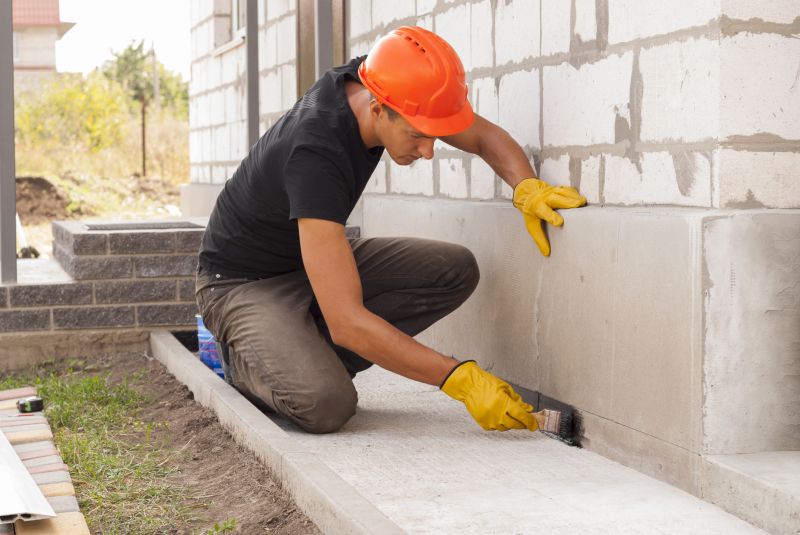
Summer's dry conditions facilitate efficient foundation repairs and inspections.
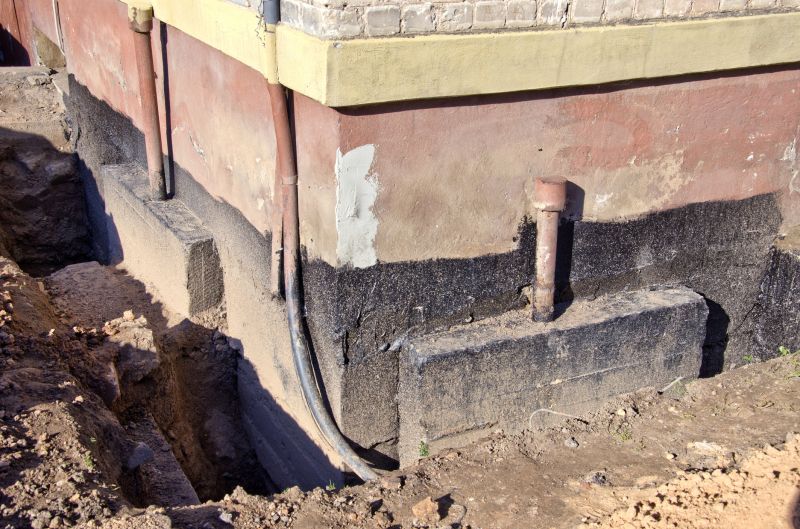
Early fall provides optimal weather for foundation stabilization and repair work.
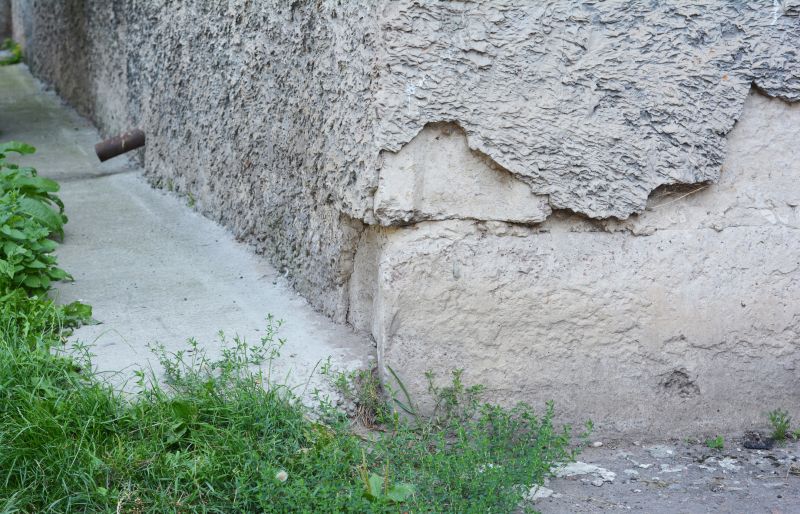
Winter conditions can complicate foundation repairs due to cold and frozen ground.
| Season | Ideal Conditions |
|---|---|
| Spring | Moderate temperatures, manageable moisture levels |
| Summer | Dry weather, longer daylight hours |
| Fall | Cooler temperatures, reduced precipitation |
| Winter | Cold temperatures, frozen ground, snowfall |
Foundation repairs involve addressing structural issues caused by soil movement, settling, or water intrusion. Proper timing ensures that repairs are effective and long-lasting. Seasonal conditions influence the choice of repair methods and scheduling, with warmer months generally providing optimal conditions for most types of foundation work.
Statistics indicate that foundation issues are among the most common structural problems in residential properties, affecting approximately 25% of homes in certain regions. Timely repairs can prevent further damage, costly repairs, and potential safety hazards.
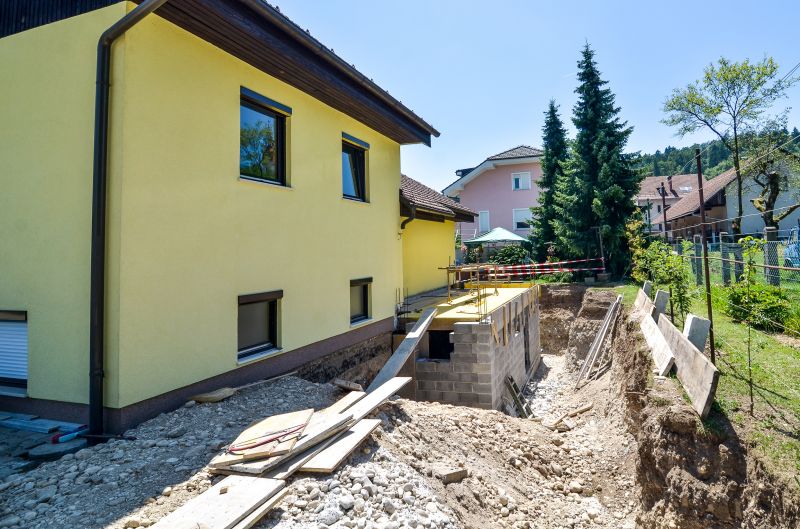
Visual overview of foundation stabilization methods.
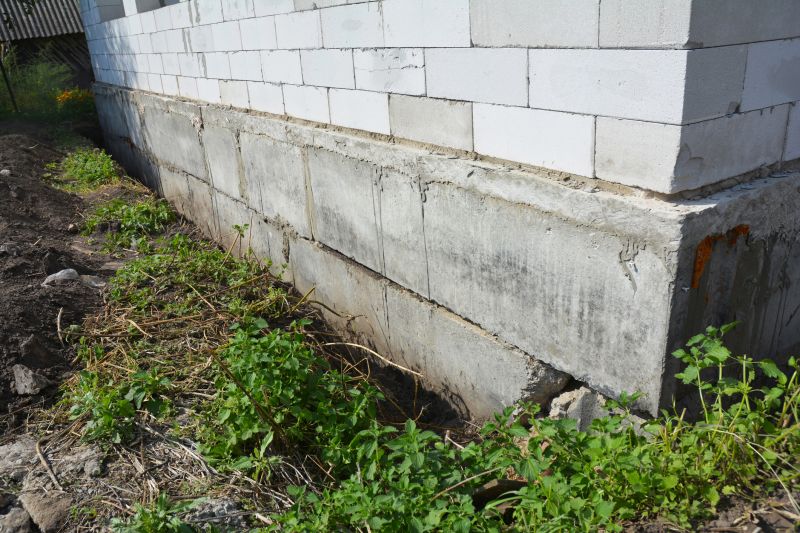
Examples of foundation repair results.

Tools and machinery for foundation work.
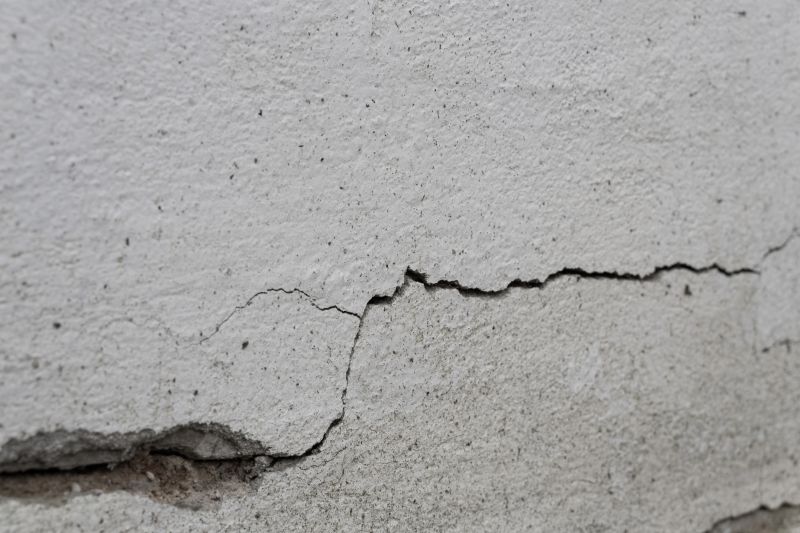
Common crack types and repair techniques.
Interested property owners can contact for more information or to schedule an assessment. Proper timing and professional expertise are key to maintaining the integrity of a building’s foundation.

